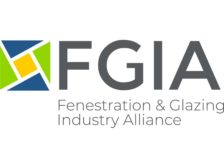Home » Keywords: » IAQ (indoor air quality)
Items Tagged with 'IAQ (indoor air quality)'
ARTICLES
Creating Healthier Workplaces with Smarter Insulation Choices
Read More
Enhance your expertise with unparalleled insights.
Join thousands of building professionals today. Shouldn’t you know what they know?
SUBSCRIBE TODAY!Copyright ©2025. All Rights Reserved BNP Media.
Design, CMS, Hosting & Web Development :: ePublishing



.png?height=168&t=1728908630&width=275)



.jpg?height=168&t=1708013838&width=275)



